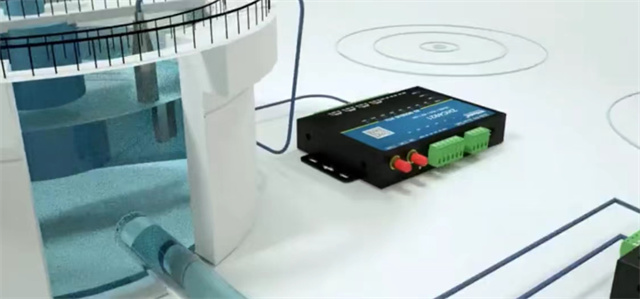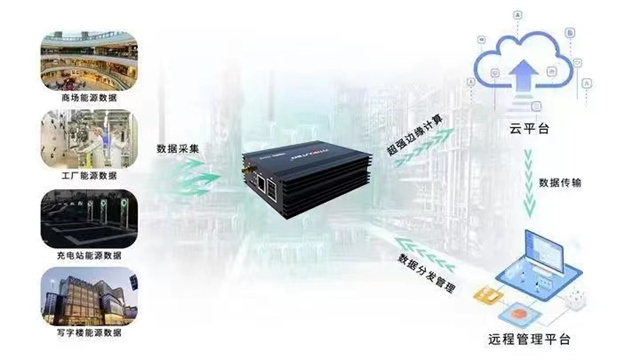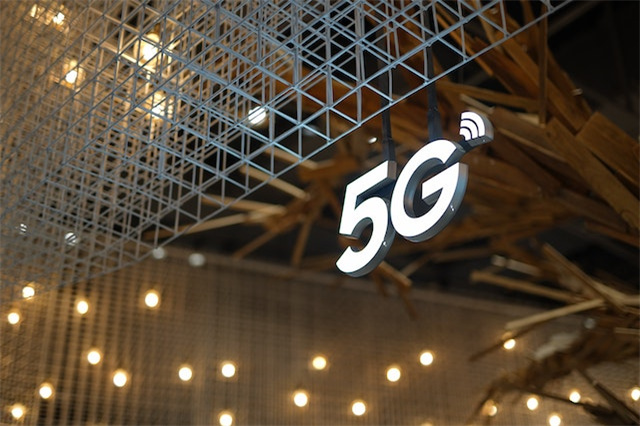The IO module and PLC (programmable logic controller) play an important role in industrial automation. They are responsible for data collection and the control of various equipment. Although both IO modules and PLCs are involved in the field of IoT, there are some obvious differences between them.

Main differences between IO module and PLC
IO module
IO module is usually a hardware device used to connect various sensors, actuators and external devices. Its main function is to convert analog signals into digital signals and then transmit them to PLC or other control equipment. It provides multiple input and output interfaces, which can receive input signals and control output signals, serving as a bridge connecting devices and systems.
Types of IO Module
1. Digital IO Module
This Module is used to process switching signals, which usually have only two states: on (1) and off (0). It is widely used for device status monitoring (e.g. push buttons, switches) and simple control tasks (e.g. motor start/stop). In automated production lines, this kind of modules can be used to read the status of sensors and control actuators such as solenoid valves and relays.
2. Analog IO modules
This module is responsible for processing continuous signals, such as physical quantities like temperature, pressure and flow. It converts these analog signals into digital signals for processing by PLCs and other control systems. It is critical in fine control and data acquisition, especially in applications that require high-precision measurements, such as chemical, food processing and environmental monitoring.
3. Communication IO modules
It is used for communication between different devices and support a variety of protocols such as:
Modbus: widely used for communication between industrial devices, simple and easy to implement.
Profibus: Used for fieldbus system, suitable for complex automation environment.
Ethernet/IP: Ethernet-based communication protocol, suitable for high-speed data transmission and large-scale system integration.
PLC
PLC is a special computer device used in automation control systems. It has high reliability and stability and can operate normally in harsh environments. Through PLC, users can write programs to control the operation of various equipment and coordinate the work between various systems. PLC can process input signals from io modules more flexibly and intelligently, and perform calculations and decisions based on preset logic.
PLC can also be divided into different types. According to the control mode can be divided into basic and advanced PLC; according to the degree of modularity can be divided into integrated PLC and modular PLC; according to the input and output mode is divided into digital PLC and analog PLC and so on.
Anwendungsszenarien
In application scenarios, the IO module is mainly responsible for the connection and signal conversion of the underlying hardware. For example, it can convert the analog signal of the temperature sensor into a digital signal and transmit the data to the PLC for processing through the transmission line. IO modules are widely used in various industrial control systems, automated production lines and intelligent equipment.

PLC focuses more on the design and implementation of control logic. It can perform various logical judgments and calculations based on the signals from the IO module, and output corresponding control signals to drive the actuator. PLC is often used in fields such as industrial production process control, robot operation, and conveyor line scheduling, and has broad application prospects.
In addition to the industrial field, they are also widely used in home automation, smart buildings and other fields. For example, the IO module can be used to connect cameras, door and window sensors and other equipment in the home security system, and transmit the monitored signals to the PLC for security control. In smart buildings, they play an important role, responsible for controlling the automated operation of lighting, temperature, air conditioning and other equipment.

To sum up, IO module and PLC play an important role in the field of industrial automation. The IO module is mainly responsible for the connection and signal conversion of the underlying hardware, while the PLC is responsible for the design and implementation of the control logic. They cooperate with each other to realize data collection and control of various devices. Whether in the industrial field or in the home automation field, they play an important role in promoting the development and progress of IoT technology.